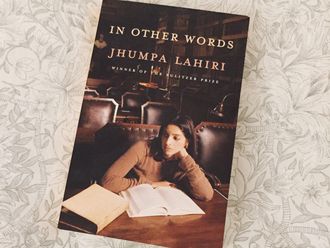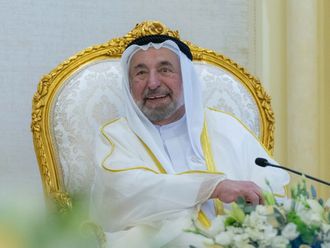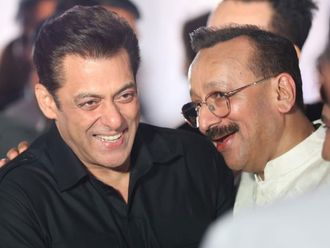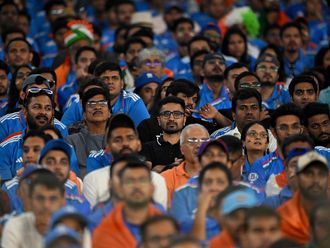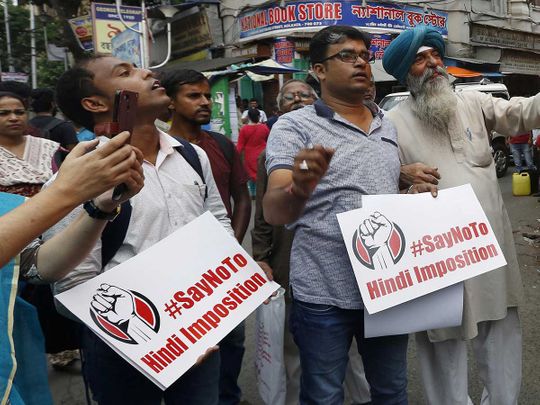
I speak my mother tongue Urdu like Boman Irani in the Bollywood movie, ‘Well Done, Abba’ (Well Done, Dad), where he plays a chauffeur from Hyderabad, and it sounds funny.
For a long time I did not realise that my accent and my turn of phrase was kind of quaint until I spoke to a Pakistani press counsellor in his consulate in Jeddah, Saudi Arabia, and he looked at me with a bemused expression.
“Dakhni,” (From the Deccan) said my colleague who had accompanied me, explaining that I was speaking the dialect that it is common among people from the south of India and from my hometown, which is on the Deccan Plateau. And from that day I started noticing the various ways people from the subcontinent spoke Urdu.
Urdu is the national language of Pakistan and many Pakistanis study it as a second language, while English is the official language. The country has tonnes of regional languages such as Punjabi, Sindhi and Balochi and I am proud of my language detective skills that I can figure out where a Pakistani is from when he speaks Urdu.
Urdu unfortunately underwent a religious transformation in India and the language was relegated to the Muslims, while Hindi, an Indo-Aryan language, was associated with Hindus in the Hindi belt.
Today, there are various variants of Hindi, and when the priest in Gaya, Bihar, started loudly ticking off his young wife, my wife and I were confused as it sounded like Hindi, but it was not. When the wife started replying back to the priest, my wife said with a smile that the young feisty woman was probably speaking Maithili.
We found out the priest is from Bengaluru, so we all started conversing in Indian-English, which is a localised variant of the Queen’s English, the language of the colonisers.
My wife is from Kerala state, but has lived most of her life in Madras (now Chennai) and grew up in Delhi (north India) and speaks her mother tongue, Malayalam, in a curious polyglot that not many Malayalis understand.
The first thing some Malayalis ask my wife is which part of Kerala is she from and what’s the name of her village. (Even within Kerala the language is spoken in various accents). When she explains she lived most of her life in Delhi, the brows are unfurrowed and the confusion is cleared as to why she speaks Malayalam like a Punjabi.
When a blogger suggested that international travellers need to download a translation app on their phones, it seemed like a good idea to use the instant translation within India, as there are 122 major languages and 1599 other languages and dialects.
I have not tried that app yet, but I resort to English, the link language of India. Sometimes it works but it definitely does not work in the interiors, the villages of India. I remember buying a bottle of water in a remote town and asking for the price in a mix of Hindi-Urdu. An elderly man who was sitting nearby turned to the shopkeeper and asked what the heck was I was saying, or in words to that effect.
When the Indian Home Minister Amit Shah recently floated the idea that Hindi should be the national language, the language that should link and bind the people of this vast and diverse country, there was of course an outcry and the memes followed on social media.
A journo Faye D’Souza, pointed out on Twitter:
Mother Tongue: Konkani
State Language: Kannada
Mother-in-law’s Tongue: Marathi
Learnt from friends in Bengaluru: Tamil, Malayalam, some Telugu
Learnt from Doordarshan: Hindi
We don’t have one language.
#StopHindiImposition
— Mahmood Saberi is a storyteller and blogger based in Bengaluru, India. Twitter: @mahmood_saberi




